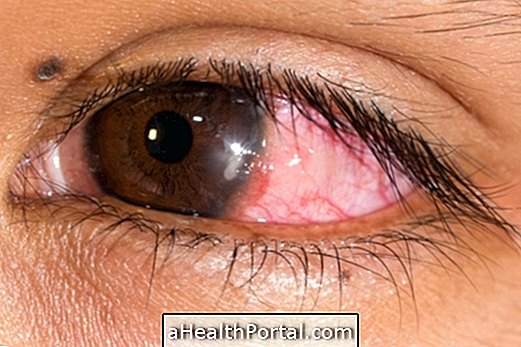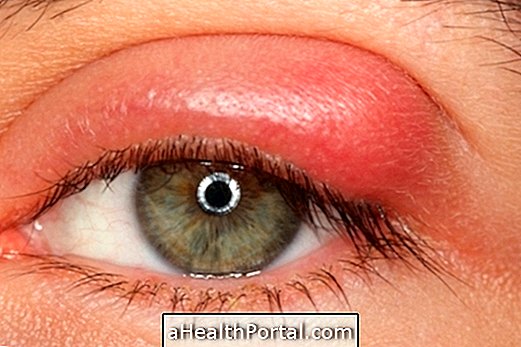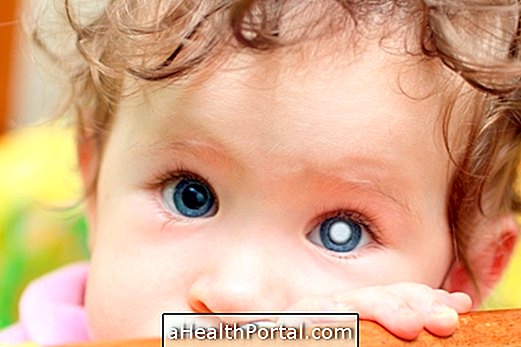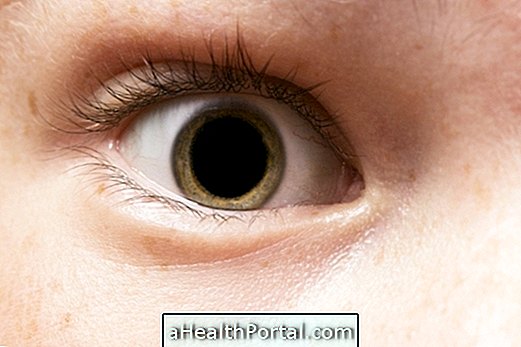Keratitis is the inflammation of the outer part of the eye, known as the cornea, which arises especially when incorrectly used contact lenses, as this may favor infection by microorganisms.
There are 3 main types of keratitis:
- Herpetic keratitis is a common type of viral keratitis that occurs in cases of herpes or shingles;
- Bacterial or fungal keratitis: they are caused by bacteria or fungi that may be present in contact lenses or contaminated water from lakes, for example;
- Acanthamoeba keratitis: is a serious infection caused by a parasite that can develop in contact lenses, especially those that are used more than one day.
In addition, keratitis can also happen due to strokes in the eye or use of irritating eye drops and, therefore, is not always a sign of infection. Therefore, it is important to consult an ophthalmologist whenever the eyes become red and burning for more than 12 hours so that the diagnosis can be made and treatment initiated. Know the 10 most common causes of redness in the eyes.
Keratitis has a cure and usually the treatment should be started with the daily use of ophthalmic ointments or eye drops, adapted to the type of keratitis according to the ophthalmologist's recommendation.

Main symptoms
The main symptoms of keratitis include:
- Redness in the eye;
- Severe pain or burning in the eye;
- Excessive tear production;
- Difficulty in opening the eyes;
- Blurred vision or worsening of vision;
- Hypersensitivity to light
The symptoms of keratitis arise mainly in people who constantly use contact lenses and products used to clean them. In addition, keratitis can occur in people with weakened immune systems, who have undergone ophthalmic surgeries, have autoimmune diseases or who have suffered eye injury.
It is recommended to consult the ophthalmologist as soon as possible after symptoms appear, to avoid serious complications such as loss of vision.
How is the treatment done?
Treatment for keratitis should be guided by an ophthalmologist and is usually done with daily application of eye drops or eye drops, which vary according to the cause of keratitis.
Thus, in the case of bacterial keratitis an antibiotic ophthalmic ointment or eye drops may be used while in the case of herpetic or viral keratitis, the physician may recommend the use of antiviral eye drops, such as acyclovir. In fungal keratitis, the treatment is done with antifungal drops.
In severe cases, where keratitis does not go away with the use of medicines or is caused by Acanthamoeba, the problem can cause serious changes in vision, and therefore, corneal transplant surgery may be necessary.
During treatment it is advised that the patient wear sunglasses when going out in the street to avoid eye irritation, and avoid using contact lenses. Find out how it is done and how corneal transplant recovery is.




















